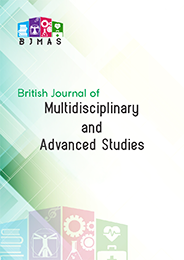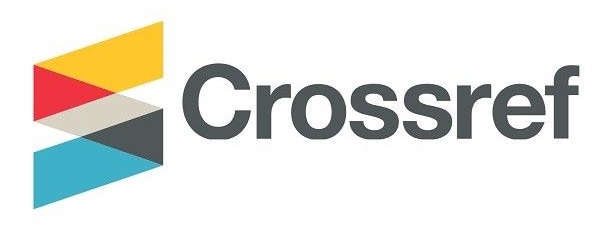Household Productivity and Poverty Assessment in Northern Nigeria: Evidence of Smallholder Farmers in Sudano-Sahelian Region
DOI:
https://doi.org/10.37745/bjmas.2022.0043Abstract
Cross-sectional data were collected from four (4) states (Kano, Jigawa, Bauchi and Gombe) in Northern Nigeria, covering 1,200 households. Primary data were collected using a structured questionnaire to elicit information on respondents' socioeconomic profile, production and Productivity parameters, household expenditure and other factors influencing poverty status. Descriptive statistics, FGT and Logistic regression model, were used for data analysis. The study discovered low access to agricultural finance and poor access to the market, which affected household productivity and overall income. Agricultural production is an important household activity which provides food and basic needs for the improved livelihood of households and communities. The results showed the presence of the majority of male respondents with formal education and access to extension and market. The average land area cultivated by the households was 2.02, with minimum and maximum of 0.55ha and 6.58ha, respectively. The highest proportion was reported for rice, maize and livestock in all the States. The land area productivity shows an average of 2.01ha, 1.92ha, 2.23ha and 2.19ha for Gombe, Bauchi, Jigawa and Kano, respectively. The highest average annual income was 351,284.39 for Kano State, followed by Gombe and Bauchi State (319,480.31 and 304,651.73), respectively. The reported poverty incidence was 71.33%, 69.67%, 70.67% and 64.67 for Bauchi, Gombe, Jigawa and Kano States, respectively. The significant reported variables influencing poverty include output volume, cultivated land area, off-farm income, remittances and educational attainment. The volume of output produced and annual income available are also essential sources for poverty reduction and livelihood improvement in Sudano-Sahelian Region. The poverty incidence is increased with some high severity levels, necessitating development intervention. Reliable poverty alleviation programs and engagement of stakeholders, particularly Government, public and private partners, NGOs, INGOs and donors, should develop and implement measures to facilitate access to basic social services, especially for vulnerable households is vital. Promoting income diversification (farm, off-farm and non-farm sources) and strengthening incentives for increased enterprise engagement and agricultural production is essential in poverty reduction.
Downloads
Downloads
Published
Versions
- 03-01-2023 (4)
- 25-11-2022 (3)
- 25-11-2022 (2)
- 25-11-2022 (1)
Issue
Section
Categories
License

This work is licensed under a Creative Commons Attribution-NonCommercial-NoDerivatives 4.0 International License.











